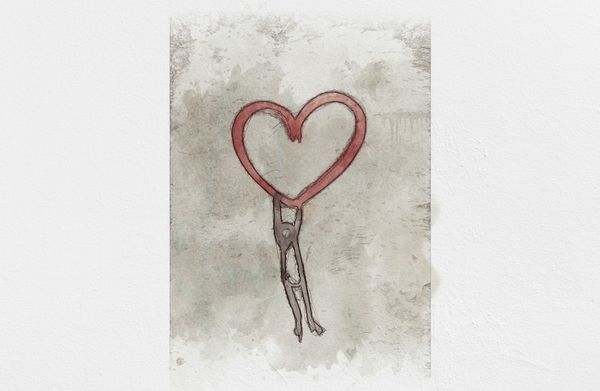Jim Watson is a racist. Richard Feynman was a 'sexist pig'. Albert Einstein was a terrible husband and father. Giants in science, who each made indelible contributions to our understanding of the world, had ruinous personal traits. While some of their transgressions came to light only posthumously, others were known at the time. Today, it seems that each week descriptions of sexual harassment and #MeToo impropriety, of workplace harassment, of questions surrounding data fabrication and fraud are unsettling our perceptions of our modern-day Giants. How do we make sense of this? How do we reconcile their behavior with their contributions to science?
One way might be to look towards art. Artists have long grappled with the tension between art Giants' personal and professional lives. Picasso was a misogynist. Gauguin married three under-aged Tahitian girls. Wagner was an antisemite who performed for Hitler. Historian and former curator Sarah Urist Green asks "can we 'Hate the Artist, [but] Love the Art'?" In the eponymous episode as part of Green’s PBS Digital Studios web series The Art Assignment, she tries to find balance within this tension, and ultimately concludes that "the shades of grey are many, though the choice of whether to entertain those shades varies from individual to individual."
You might argue that this is just some form of creative cognitive dissonance. Is it possible to love the art and hate the artist? But I really like Picasso, you might find yourself thinking; he invented Cubism! Maybe less so when you read this grim perspective. But the point is not a thorough take-down of the Giants to fully expose their atrocious behaviors to cancel Picasso, because we can't really know. Instead, hold these two opposing ideas in mind at the same time; after all, this is the test of first-rate intelligence, according to F. Scott Fitzgerald.
Hated artists did not create art despite their offenses; nor because of them. No counterfactual universe exists to know if an unoffending Picasso could have invented Cubism. All we know is that there was only one Picasso, and he was deeply broken. Despite our 21st-century cancel culture, artists are not calling for museums to hide away his works – the story of 20th-century art cannot be told without him. But whitewashing, glossing over, or simply ignoring stories of his abuse does everyone a disservice. "We can understand Picasso's contributions better", says Julia Halperin, executive editor of Artnet News, "if we can hold these two seemingly incompatible truths in our minds at once".
Perhaps we can do the same with our scientific Giants. Some of them, too, are broken, and their behavior is inexplicable. "It's not as uplifting as a straightforward tale about a visionary creative whose flaws were only in service to its genius", continues Halperin, "but it's more honest". When we look back upon Giants' scientific contributions, the uncomfortable narrative of their transgressions acknowledges the cost of those discoveries, and, perhaps, moves us collectively towards a culture where caring for people is more important than any scientific purpose.
